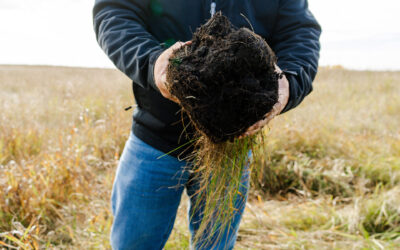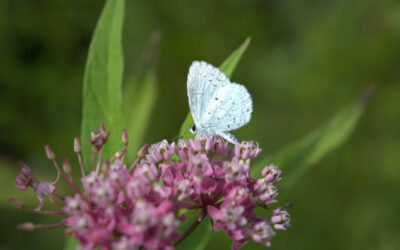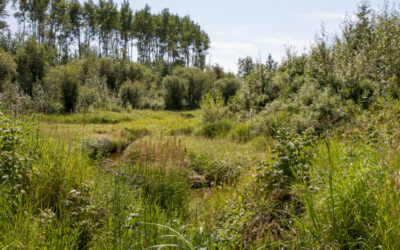It would be hard to name an ALUS program that is growing faster than the newly announced ALUS Assiniboine West community!
PRESS RELEASE | MINIOTA, JUNE 30, 2020 |
ALUS Canada is thrilled to announce the evolution of the ALUS Little Saskatchewan River program into a new community, known as the ALUS Assiniboine West program.
“We are excited to partner with the new Assiniboine West Watershed District and to have this opportunity to deliver the ALUS program across a greatly expanded area in this part of Manitoba,” said Bryan Gilvesy, ALUS Canada’s CEO.
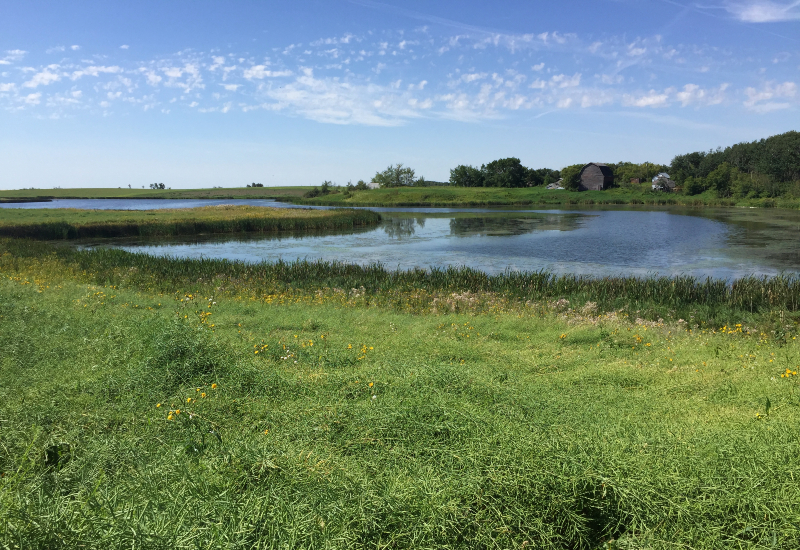
ALUS Canada is thrilled to announce the evolution of the ALUS Little Saskatchewan River program into a new community, known as the ALUS Assiniboine West program.
The ALUS Assiniboine West program has its origins in Canada’s first-ever ALUS pilot project, which took place from 2006 to 2009 in the former Blanshard Municipality. In 2014, the ALUS program returned to its roots, plus about one million acres around this original area, and launched the ALUS Little Saskatchewan River program in partnership with the Little Saskatchewan River Conservation District (LSRCD).
After six successful years, the LSRCD amalgamated with the Upper Assiniboine River Conservation District and the Lake of the Prairies Conservation District, to form the new Assiniboine West Watershed District (AWWD) in 2020.
This amalgamation took place as part of the Manitoba Government’s plan to modernize water management in the province. The Watershed Districts Act, proclaimed on January 1, 2020, transitioned 18 Conservation Districts to 14 new Watershed Districts with boundaries based on watersheds.
“ALUS Canada had a strong partner in the Little Saskatchewan River Conservation District for the past five years,” said Paige Englot, ALUS Canada’s Prairie Hub Manager. “We want to thank Program Coordinator Colleen Cuvelier, everyone on the PAC, and all farmers and ranchers who have participated in the ALUS LSR program so far, and we look forward to many more years of supporting them as part of the ALUS Assiniboine West program.”
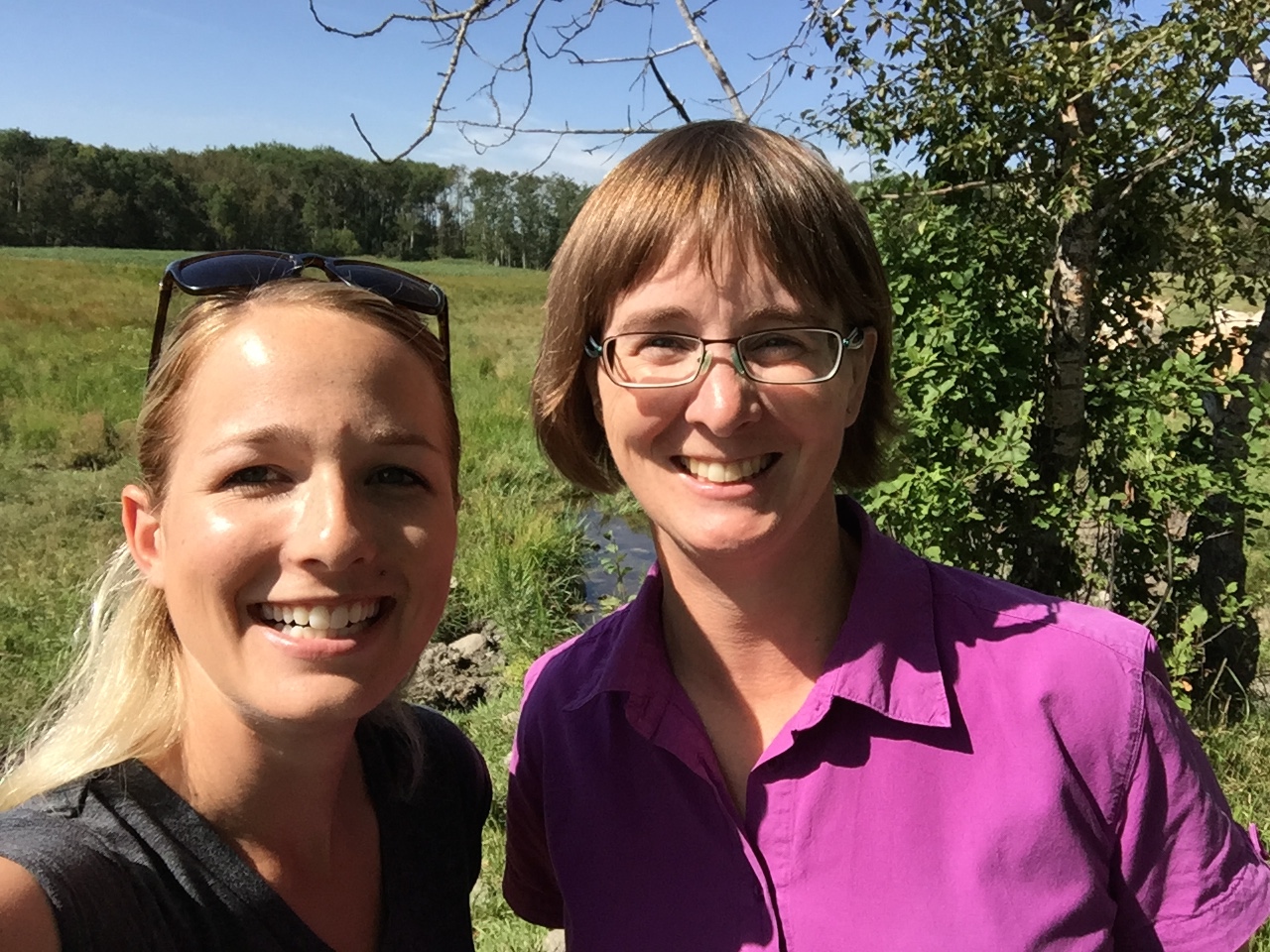
Paige Englot, ALUS Canada’s Prairie Hub Manager (left) and ALUS Program Coordinator Colleen Cuvelier (right)
ALUS Canada is pleased to support the ALUS Assiniboine West program with dedicated funding from several national-level funders, including the W. Garfield Weston Foundation, the Lake Winnipeg Basin Stewardship Program from Environment and Climate Change Canada, the Canada Nature Fund for Aquatic Species at Risk from Fisheries and Oceans Canada, the Intact Foundation, the RBC Foundation, and the New Acre™ Project corporate sponsorship program, funded by such corporations as TD Bank Group and Danone.
These national funds were matched by contributions from the LSRCD, local supporters such as the Conservation Trust and the Growing Outcomes in Watersheds (GROW) Trust from The Manitoba Habitat Heritage Corporation and Ag Action Manitoba, and ALUS participants on the ground.
As a result, ALUS LSR was supporting 2,091 acres of ALUS projects by the end of 2019, including 1,823 acres of wetland-related projects and hundreds of acres of pollinator habitat and reforestation projects, all managed by 25 participating farmers and ranchers in this part of Manitoba.
“We intend to build on the great work ALUS LSR participants have done,” said Ryan Canart, AWWD’s General Manager. “We will continue to support more than 2,000 acres of existing ALUS projects located in the former LSRCD, and we aim to attract many new ALUS participants in the area formerly managed by the Upper Assiniboine River Conservation District and the Lake of the Prairies Conservation District.”

Popular ALUS LSR projects included riparian fencing with offsite watering systems that keep livestock out of waterways to protect water quality within the watershed.
Popular ALUS LSR projects included riparian fencing with offsite watering systems that keep livestock out of waterways to protect water quality within the watershed. Farmers were also interested in ALUS’ support to convert marginal cropland to perennial grasses and forage plants, forages providing soil stability and wildlife habitat.
“The ALUS program is a great tool in our toolbox,” said Cuvelier. “It helped us to achieve the five goals of our integrated watershed plan: safe drinking water, surface water management, surface water quality, groundwater quality and quantity, and the maintenance and restoration of natural areas—wetlands primarily, but also bush and forested areas.”
All these natural areas are important for producing cleaner air, cleaner water and more wildlife habitat, as well as groundwater recharge, flood prevention and climate change adaptation.
Stay tuned for progress reports from this growing ALUS community as time goes on!

